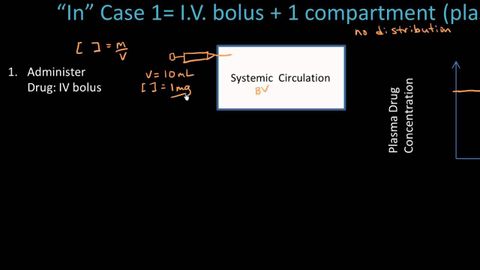
Subtitles & vocabulary
Drug Absorption Overview - Pharmacology Lect 2
00
Yu Syuan Luo posted on 2013/10/25Save
Video vocabulary
give
US /ɡɪv/
・
UK /ɡɪv/
- Uncountable Noun
- Degree of flexibility in something, a material
- Transitive Verb
- To hand over or present something to someone
- To cause someone to have or experience something
A1
More remember
US /rɪˈmɛmbɚ/
・
UK /rɪ'membə(r)/
- Transitive Verb
- To give someone a gift, e.g. birthday, wedding
- To hold a thought in your mind to not forget it
A1TOEIC
More graph
US /ɡræf/
・
UK /græf/
- Noun (Countable/Uncountable)
- Image expressing numerical data in lines or shapes
- Transitive Verb
- To show data using images
A2TOEIC
More write
US /raɪt/
・
UK /raɪt/
- Transitive Verb
- To compose letters and words on paper or a screen
- To invent or create a computer program
A1
More Use Energy
Unlock All Vocabulary
Unlock pronunciation, explanations, and filters
